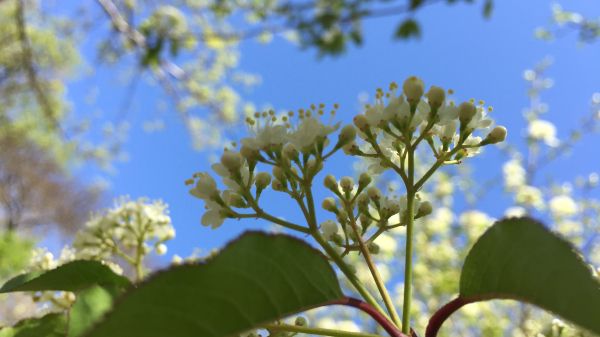Awareness in Environmental Education: Experiences Lost

Awareness in Environmental Education: Experiences Lost
According to the wisdom of the Tbilisi Declaration, environmental education should begin with “awareness” and move to action or participation. Where is awareness today?
What we see today in the fabric of school and home, little evidence of nature and/or out-of-doors activities for children. The current school day is filled with seat-based activities with little time for the out-of-doors this in spite of research that has shown how experiences in nature positively impact test scores and achievement in school subjects.
The test-driven curriculum has factored out the active for the passive as a result of the interpretation that the only good learning and prep for tests goes on in the classroom, in a chair. Legislators and decision makers agree that time inside the classroom is more productive than being outside. The thought was, the more seat time per student the greater the outcome.
A teacher reported to me her principal would not allow the children outside to learn. It was not because it was dangerous, but because the principal believed time outside was misspent and a diversion from indoor, “seat-based” education.
Let’s extend this environment for being indoors to the home. Reports of children spending an inordinate amount of time with gaming, computers, television has provided incontrovertible evidence children are ensconced in the world of “on-the-sofa” activity. Roper Reports from 2000 have shown how each family member spends greater than six hours of confined, indoor, seat-based activity each day. Not only are children learning in their school seats, but also in home seats. That presumes something of value is being learned in a passive physical environment.
Children and their parents are on a downward spiral of being inside and inactive. Where does this place environmental education? We in the field of environmental education say awareness is not enough. Certainly that is so. But with the current data about seat-based learning at home and school, have we missed something? Children and their parents are more absent from nature now given how it is undervalued in education and at home. While more and more children and their parents are glued to the television, the cell phone, the computer, and computer gaming, environmental education is clamoring for “action/participation.” In our zeal to move from awareness to participation, we have lost the most important and beginning step. Without awareness, without the experiences, how do we pry children from their seats at home to go outside and explore?
Our youngest son had a biology class that was 100 yards from two ponds, one that was teaming with life and one that was moving toward its demise. I inquired of him, did you visit one of the ponds. “No, we did some dissections and read mostly from the book.” How does one get the idea of a pond, of life therein by not experiencing it? The outcome, he loathed Biology because it was not a live experience, it was sedentary and boring.
Meeker-Lowry(2010) suggests to us, “The best way to fall in love with the earth is to experience her.” The research from such sources as the North American Association for Environmental Education and the Children and Nature Network further support the idea that we must know not only intellectually but emotionally. We do this naturally by having outdoor experiences, something as simple as going outside and prying away people from their technology. By providing awareness activities in the outdoors in school and at home, it begins the process of moving toward participation, started by many experiences, having children explore on their own, creating partnerships with their teacher exploring as a team, and as the interest and motivation builds, then we are on the road toward participation.
This is not deriding the entire Tbilisi Declaration, steps that begin with awareness, then knowledge, attitude, skills and participation. But we must not forget the beginning step, awareness. This step builds toward a more comprehensive understanding and personal involvement with nature and our environment.
We cannot ignore the facts, children and adults are doing less outside. How do we create a love for our environment? Through actual experiences, to build the steps toward the Tblisi Declaration’s final step, action/participation. We can only make change in attitudes and practices by making the outdoors and nature something that is regularly experienced.
The suggestion (Meeker-Lowry)is: “…our minds and intellects can take us only so far. To understand Gaia, to let her into our lives, we must fall in love with the Earth. It's that simple. …This is the way we must love the Earth because this is the kind of love that changes everything.” To love is to be aware, the step toward building a relationship and toward exploring more extensive experiences. However there must be many first steps.
If we believe children must begin with awareness, having experiences in nature/out-of-doors, if we believe that awareness is a building block to achieving action/participation for our environment, then we must proceed toward valuing awareness in our approach to learning both at school and in the home. This is an opportunity for us to provide environmental awareness opportunities for children, because it is a motivator, it brings school subjects to life, it promotes observation, critical thinking and problem solving. We must not squander this opportunity because environmental education is a “verb,” that requires experiencing, doing, and making intellectual, emotional and physical connections to our earth.
Bibliography:
Meeker-Lowry, S. “Gaia in Our Hearts.” Spirit of Change Magazine. (January/February 2002).
